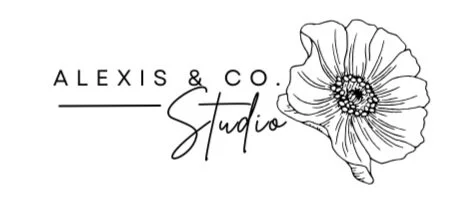Healing in the Collective: The Power of Group Art Therapy
We heal in relationship. While the solitude of individual therapy can offer deep insight and safety, there is something uniquely transformative about healing witnessed—healing held in the presence of others who are also on their way back to themselves. Group Art Therapy is one such space, where creative expression, relational repair, and collective growth intertwine. Here, individuals don’t just make art—they are seen, mirrored, and emotionally metabolized by a community of co-travelers.
Group Art Therapy blends the clinical benefits of group psychotherapy with the expressive, nonverbal depth of art making. Rooted in attachment theory, group dynamics, and expressive arts modalities, this therapeutic approach provides an opportunity to practice social skills, process emotional content, and build resilience through shared creative experiences (Malchiodi, 2020). When words feel clumsy or inadequate, art becomes the bridge—carrying the unspeakable into form.
Each session is structured to foster safety, consistency, and choice. Participants are invited to explore art materials without pressure for performance or interpretation. The process—not the product—is the heartbeat of the work. Through guided prompts and open studio exploration, group members externalize their inner experience, often finding metaphors and imagery that resonate with others in the room. In this, a subtle but profound shift occurs: the individual becomes part of a collective story of healing.
Neuroscience supports the therapeutic value of groups. Co-regulation—the nervous system’s ability to regulate in the presence of another—can be amplified in group settings, particularly when paired with rhythmic, sensory activities like drawing, painting, or collage (Siegel, 2012; Porges, 2011). For individuals who have experienced relational trauma, rejection, or disconnection, this experience of safe group attachment is not just healing—it is reparative.
Group Art Therapy is especially effective for children and teens, whose developmental stages require peer mirroring and practice in perspective-taking. But adults, too, benefit deeply from group work. In a culture that often isolates pain or demands emotional independence, these circles of creativity become sanctuaries—offering belonging, shared vulnerability, and collective wisdom.
This modality is also accessible. Participants do not need to identify as “artists” to benefit. In fact, the very belief that art is only for the talented is gently dismantled in group settings. Instead, participants are invited to reconnect with their innate creativity—the kind that has always lived in their bodies and memories. When art is made in the presence of others, something remarkable happens: a person’s inner experience becomes visible and valid, not only to themselves but to those who witness it with compassion.
Sessions may involve collaborative projects, thematic prompts (like safety, identity, or hope), or simply open exploration with an emphasis on process over product. Group members are encouraged to reflect on their own work and the work of others, practicing empathy, perspective-taking, and authentic expression—all skills vital to emotional and relational health (Kapitan, 2010).
Art heals because it bypasses the defenses of language and speaks directly to what has been held in silence. Groups heal because they offer new relational templates where honesty, courage, and tenderness are welcomed. Together, in Group Art Therapy, these forces create a kind of alchemy: not fixing, but witnessing; not rushing, but honoring; not curing, but deeply seeing.
Whether navigating grief, anxiety, identity, trauma, or transition, Group Art Therapy provides a compassionate, creative space where healing is co-created—piece by piece, page by page, brushstroke by brushstroke.
References
Kapitan, L. (2010). Introduction to art therapy research. Routledge.
Malchiodi, C. A. (2020). Trauma and expressive arts therapy: Brain, body, and imagination in the healing process. Guilford Press.
Porges, S. W. (2011). The polyvagal theory: Neurophysiological foundations of emotions, attachment, communication, and self-regulation. W.W. Norton & Company.
Siegel, D. J. (2012). The developing mind: How relationships and the brain interact to shape who we are. Guilford Press.
